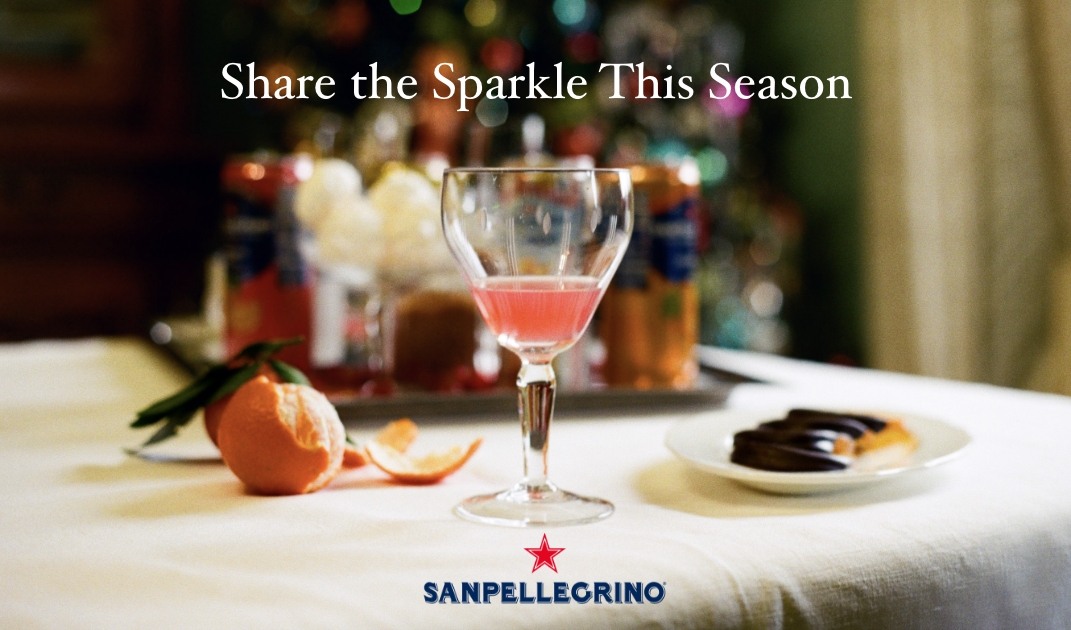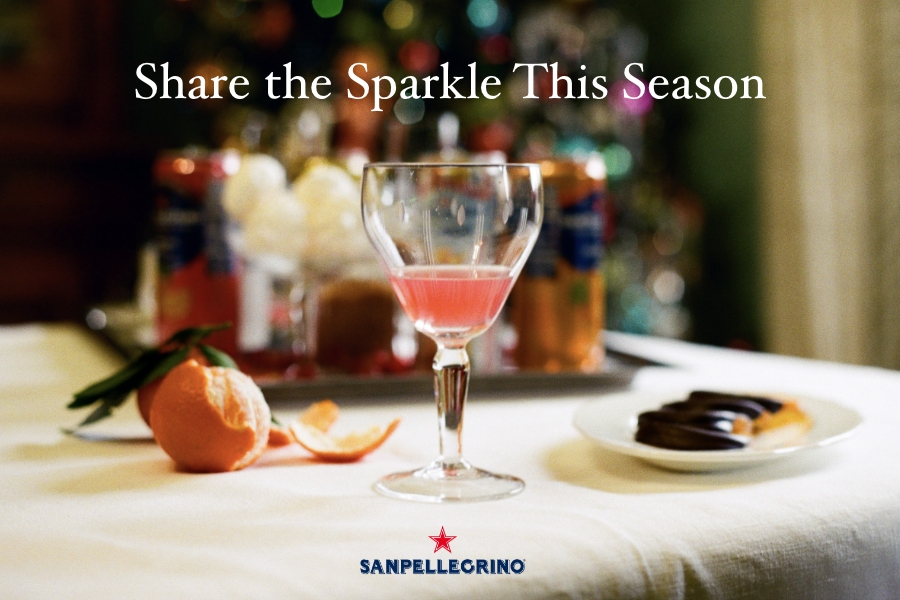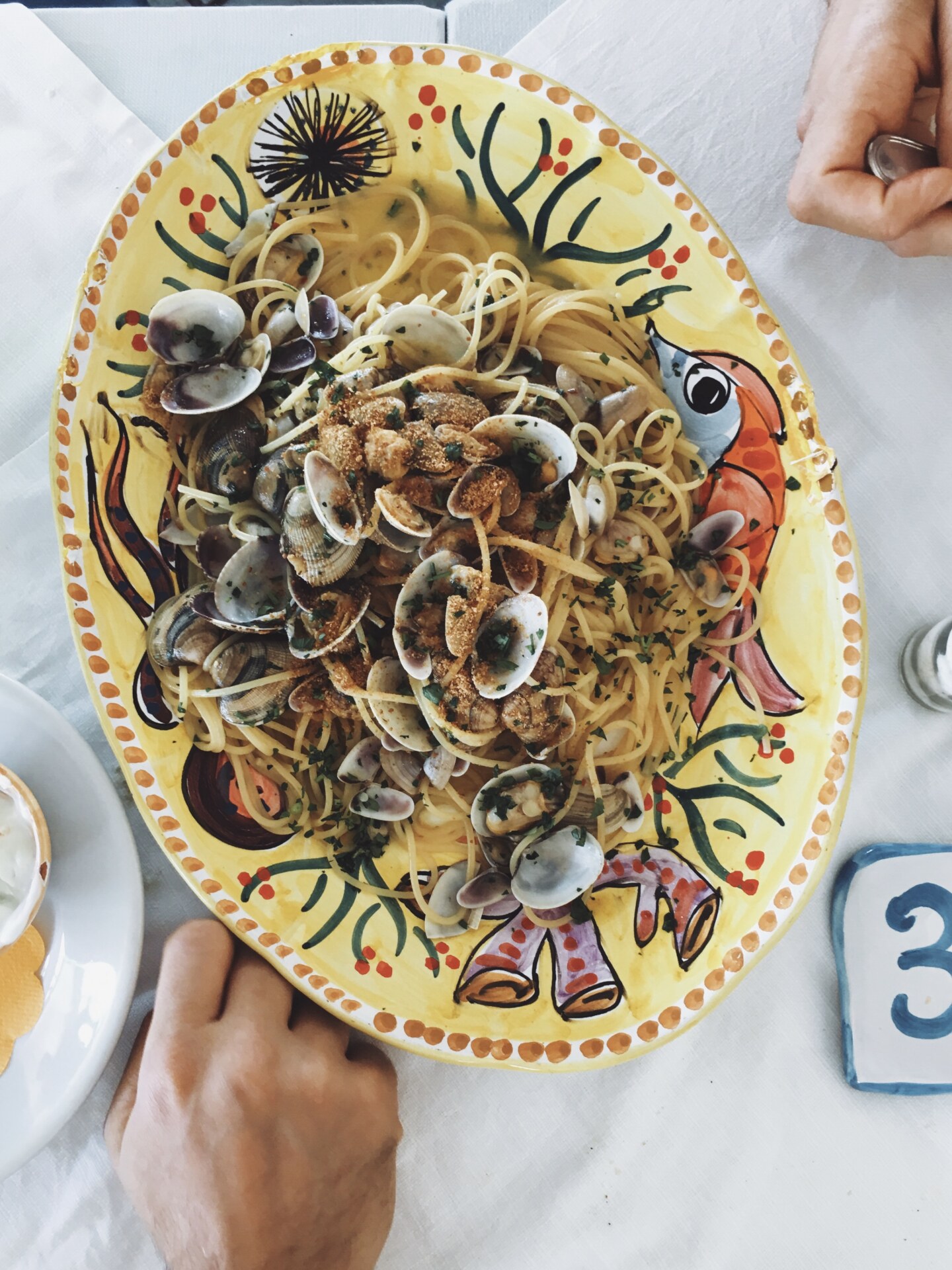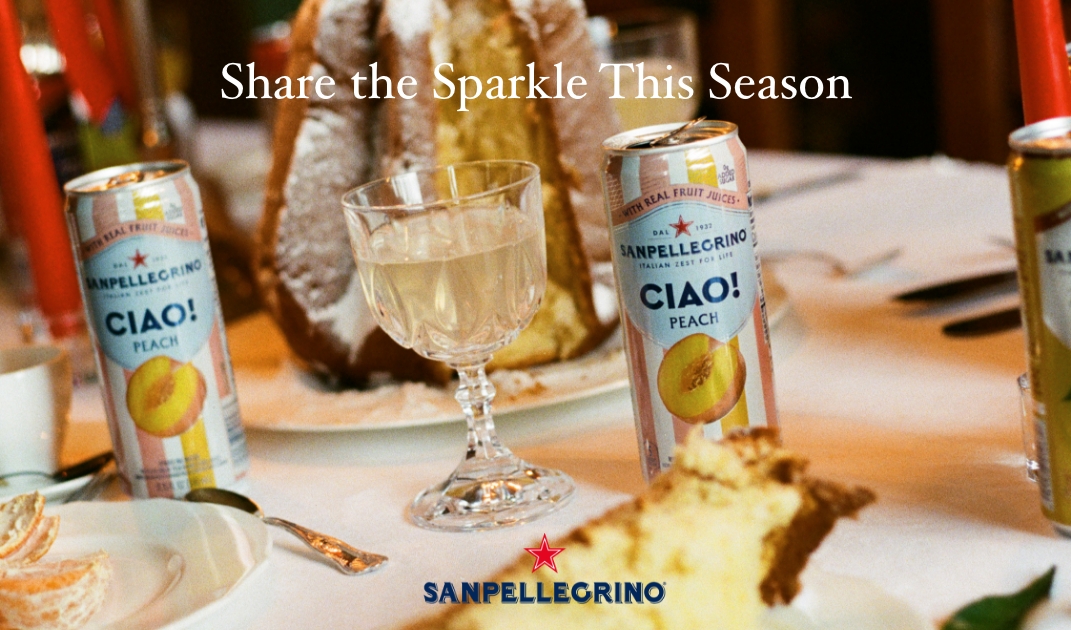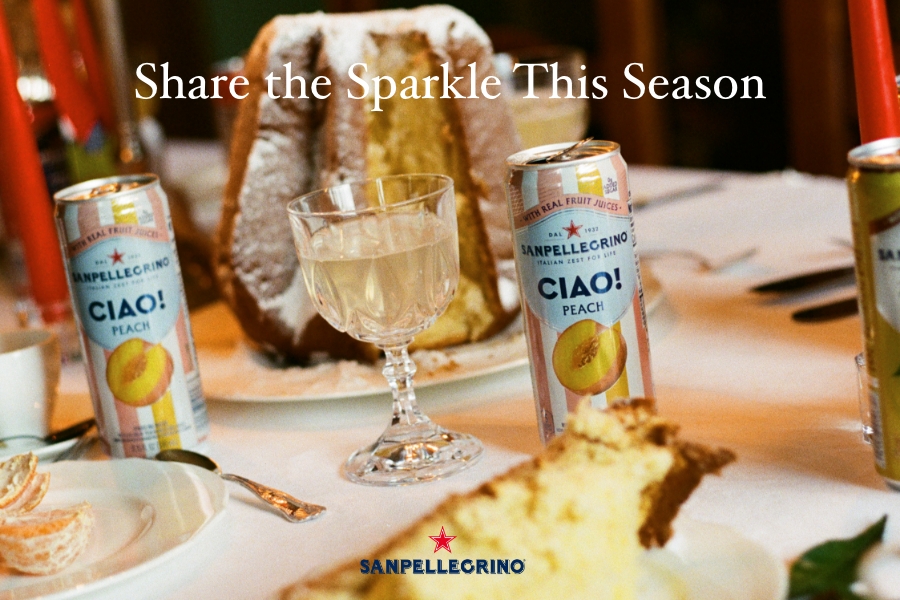I’m not the kind of person who enjoys leaving the house–or getting up from a horizontal position on the couch–in the dead of winter. When the sun begins to set early and temperatures drop, I’ll hibernate like an alpine marmot, not to be seen for weeks at a time. One winter, during a particularly bad bout of weather, there was a stretch where all I thought of was lounging on an oceanview terrace, somewhere in Italy, eating spaghetti alle vongole.
No, I’m not stuck scrolling on my couch. I am… in Ponza, Ischia, Liguria, Sardinia. It’s summer, it’s very warm, there are clear, blue skies. I am gazing upon miles and miles of rippling, sky-blue Mediterranean. In front of me, there is a table set with an elegant glass of crisp, dry white wine and a plate of spaghetti alle vongole.
If certain elements of this fantasy changed–say, if I altered the seaside location from Sardinia to Puglia, removed the tablecloth for a more rustic effect, or changed the type of terrace–the dish remained the same: always a plate of al dente spaghetti, bathing in a glorious emulsification of white wine, clam brine, garlic, and olive oil, topped with small, silvery clams in their shells.
No dish can conjure up dreams of a summer in Italy quite like spaghetti alle vongole, even for the most uninitiated to Italian culture, history, and geography. The dish is iconic–a ubiquitous, must-eat pasta that can be found in many regions of the Italian peninsula and around the world. Many would say it’s the quintessential summer pasta.
But if you take a minute to unpack and distill the essence of what truly makes spaghetti alle vongole a “summer pasta”, the pieces start to make a bit less sense. First, none of its ingredients are particularly seasonal. Clams are known to be available year-round, and conventional wisdom actually suggests that the best time to eat these bivalves is in fall or winter. (Clams usually breed at the peak of summer, when the water is warm, which means that mature, fresh clams are harder to get a hold of.) The same goes for the rest of the ingredients–pasta, garlic, white wine, olive oil, parsley–kitchen staples that are relatively unbound by season.
So, what is it about the alle vongole that is so tightly associated with summer?
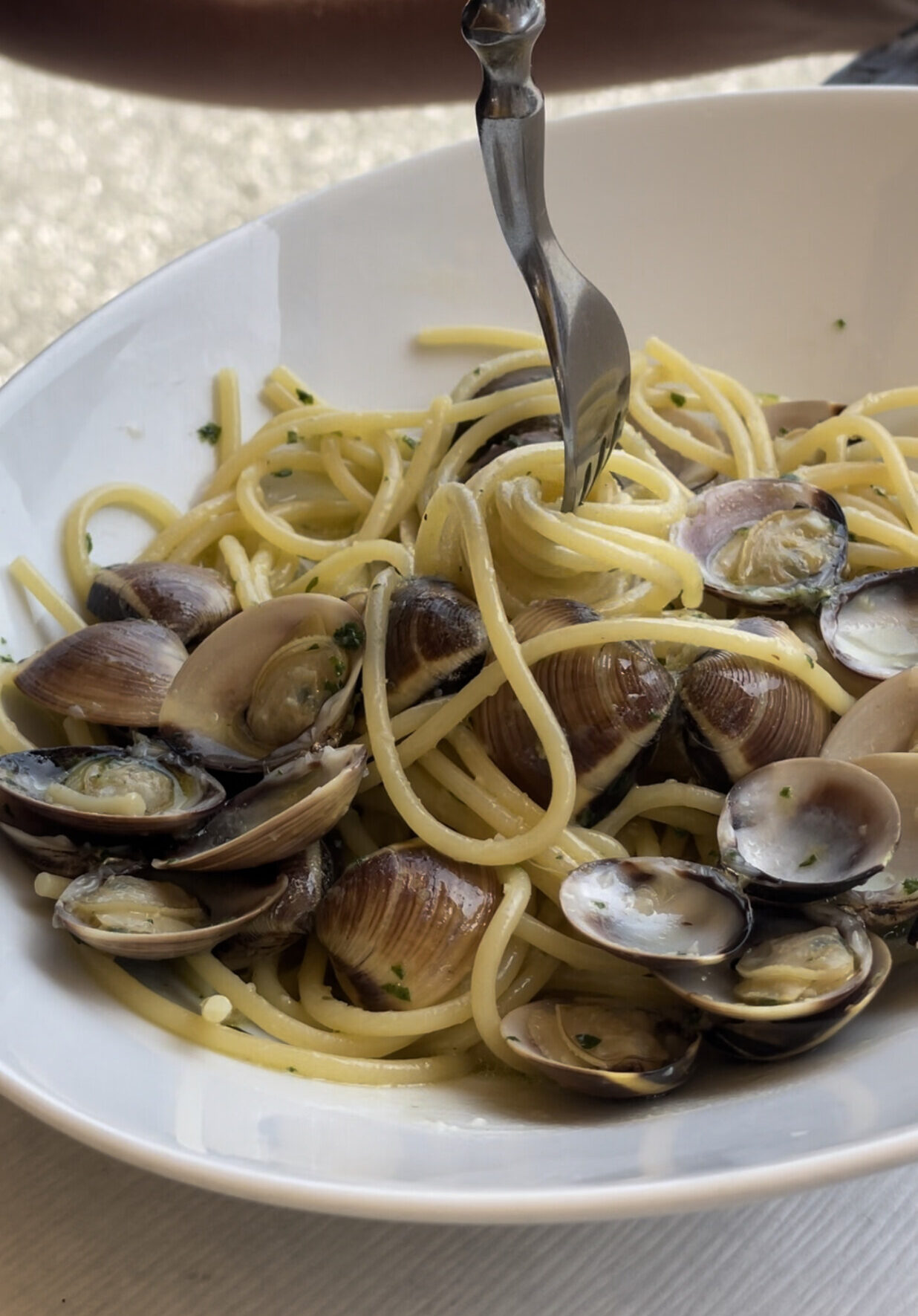
To help point toward an answer, let’s get some facts out of the way: spaghetti alle vongole has nearly unimpeachable origins in Naples. Neapolitans have been eating brothy clam dishes–soups, stews, etc.–since long before the 18th century, when pasta became commonly consumed throughout Italy. The first recorded recipe of a pasta alle vongole dates back to 1839 when Ippolito Cavalcanti, the Duke of Buonvicino, included vermicelli all’olio con vongole in his cookbook the Cucina Teorico-pratica, written in Neapolitan. The core method of Cavalcanti’s recipe has, more or less, persisted: cook the clams until they steam open and release their juices, and add some garlic, salt, pepper, and parsley. Start the pasta separately, then finish cooking in the clam broth.
Cavalcanti and his contemporaries would have likely used vongole veraci–meaning true clams–a small version of the mollusk, about five centimeters large with oval shells, originally found in southern Italy. Purists will insist to this day that a true pasta alle vongole can only use vongole veraci. Their smaller size results in tiny, but deeply flavorful, bites of clam meat–and they give off a distinctive brine that’s slightly sweet. Because clams spend their lives inhaling seawater for oxygen, their final form is a true expression of the ocean they live in–so, in the case of vongole veraci, you quite literally get a taste of the Mediterranean.
Today, because of the wide popularity of spaghetti alle vongole and other seafood dishes, vongole veraci have been overfished and are considered at risk. So you might find variations of the dish with more widely available manila clams, which were initially introduced to Italy by commercial interests looking to meet a high demand across the country. And, because of looser laws in Italy around the marketing of vongole, you might also find manila clams that are sold and labeled as vongole veraci. No matter how one might feel about that, those manila clams are as Italian as they come, farmed in the Adriatic Sea, breathing in that same Mediterranean water. Finally, some menus might offer a variation of the dish with arselle (also known as telline), a petite, bean-like wedge shell clam also native to Italy and most often found in sandy shallows.
Indeed, there’s something to be said of how many regions throughout the country have adopted, modified, and spun spaghetti alle vongole to make it not simply Neapolitan, but pan-Italian, with the original recipe serving as a kind of canvas. If you so choose, you can have a modern variation of the recipe a la Cavalcanti, the spaghetti alle vongole in bianco, which includes the now-canonical additions of white wine and red chili pepper. Or you can take that dish and add a few San Marzano tomatoes for a spaghetti alle vongole in rosso. In Liguria and other parts of the north, they might swap spaghetti for linguine. In Sardinia, they’ll sometimes sprinkle a bit of their famous bottarga on top for a funky, fishy kick, or swap a long noodle for fregola. In Calabria, they might throw in some of their famous chilis. The potential tweaks to the original recipe are endless–maybe there will be some lemon zest and juice for acid, maybe some basil alongside the parsley, maybe a shallot with the garlic for those initial aromatic flavors. (That said, Italians draw the line at cheese. Never add cheese to seafood pastas.)

But I digress regarding the question at hand. When many of us think of summer in Italy, we’re likely thinking of the shores and beaches. And the country is blessed with an abundance of beautiful seascapes. The lore and reputation of places like Amalfi and Cinque Terre have preceded them, capturing the imagination of would-be visitors across the globe.
And what better way to fuel that imagination than by digging into a plate of pasta with clams? A forkful of spaghetti dripping with clam brine unmistakably evokes the flavors of the sea, wherever you might be in the world. According to legend, the Neapolitan stage actor Eduardo de Filippo famously created a version called spaghetti alle vongole fujute (or “escaped clams”) when he was craving the dish but had no fresh clams available. His recipe included lots of parsley, garlic, crushed red pepper flakes, and a few small tomatoes, but, living in his own imagination, he insisted that he could smell and taste the sea when he ate it. And this, here, is the point. The essence of summer in spaghetti alle vongole doesn’t simply come from the ingredients and their briny, salty, garlicky flavors. It also comes from a very necessary spark of fantasy.
When we long for an estate Italiana, is there anything better than experiencing the sea with all of our senses? Diving into the water, feeling those granules of soft sand under our feet, breathing in la salsedine (salt air), hearing the waves crash… and tasting the ocean in spaghetti alle vongole. At some point, we started to encourage and entice visitors to pair all of those things with the idea of coastal Italy best experienced in summer.
But if you’re really keen on having the freshest plate for your next visit, your best bet might just be to travel off-season: perhaps sometime in October when most of the crowds have gone, the water’s still warm, and the clam breeding season is over. You might need a light jacket for the evenings, but you’ll still have those clear, blue-skied days for lounging on an oceanview terrace with a glass of crisp white wine and a plate that tastes of the sea.
